As you wander around the desert or peruse the succulent section of your local garden shop, you might start to wonder why desert plants have such fat leaves.
Cacti are famous for their spines, but they (and other desert plants) have other trademark characteristics. The weird plants (I mean, really, have you seen a saguaro?) of our planet’s arid regions also tend to have fat leaves, fat stems, or even no leaves. What’s going on?
It’s no secret that the desert is a tough place to live. By definition, a desert is dry. Generally, they’re also hot climates — though some deserts, such as the Atacama in Chile and the Gobi desert in Mongolia are quite cold.
When plants work to move nutrients from their roots up to the rest of the plant, they lose water in an effect called transpiration. Essentially, plants “sweat” a bit of water through the pores in the bottom of their leaves. You can’t see this water, but it’s there.
Plants lose a lot of water this way. Of course, that’s a bit of a problem for desert plants that really can’t afford to lose much water.
What does this have to do with plants with fat leaves, like succulents and cacti?
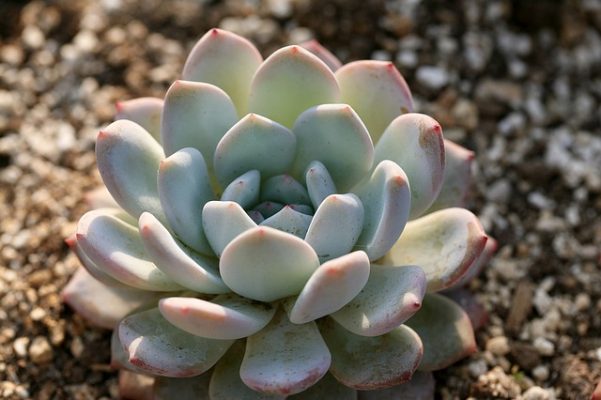
Fat Leaves and Stems Help Store Water
Fat leaves allow desert plants to store extra water when it rains so that they don’t dry out in arid times.
Think of a barrel cactus — what’s going on inside that big cylinder? It’s water storage. The same goes for the pleasantly plump leaves of your succulent.
A plant could simply add more leaves instead of fatter leaves, but doing that increases the surface area of the plant. Since more surface area means more wind exposure and more hot sun exposure, that can actually backfire and result in more water loss.
Fat leaves, fat stems, and fewer leaves are all ways for plants to reduce their water loss in the desert.
Spines Keep Herbivores and Wind Away
Cactus spines are another way that these plants protect their precious water. When energy and water are scarce, you don’t want any pesky herbivores eating you or taking your water.
Spines have another great use — they actually help break the wind directly next to the plant’s surface. As you may remember from high school, increased airflow can speed evaporation. If you’re a plant trying to preserve water, that’s bad.
Spines are highly modified leaves that can also provide moderate shade to plants.
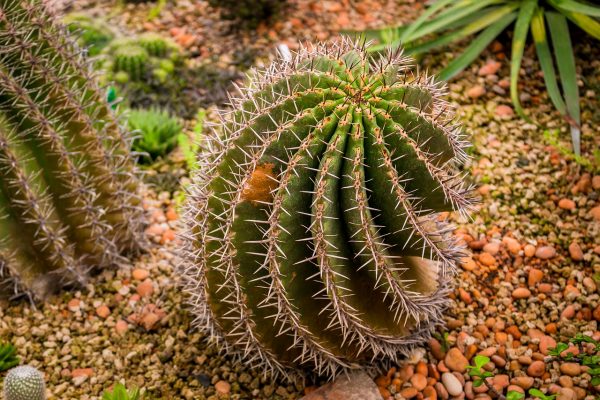
What Other Ways Are Desert Plants Special?
Desert plants have other nifty ways of preserving water in this tough environment.
Let’s go back to the barrel cactus for a moment. It doesn’t have any leaves.
That reduction in surface area to volume ratio can also help preserve water. If there’s less surface to be exposed to heat and wind, the cactus will lose less water.
Some drought-tolerant plants may have ultra-deep roots that help them tap into water that’s far below the ground. But that doesn’t actually work best in a true desert.
The water evaporates too quickly in the fast-draining soil. Instead, most cacti actually have an extensive shallow root system that spreads out like a fan around the plant.
The shallow roots of cactus help gather as much water as possible when it rains. In fact, the deepest root systems on the planet are more common in prairies and grasslands — not the desert.
At least one plant, the creosote, has a slightly nastier trick up its sleeve. This plant releases toxic chemicals into the soil around itself, killing off other plants so that it can keep the water for itself.
Many other desert plants simply grow during the rainy season and die when it’s hottest. They’ve instead adapted seeds that are drought-tolerant. The seeds only sprout when the seasons change. The plants are fast growing so that they can reproduce before the dry season — their seeds will carry on the cycle.
The desert landscape is dotted with all sorts of odd plants. From leafless cacti in the Mojave Desert to fat-leaved succulents in the Namib Desert, almost every desert plant has at least a few tricks up its sleeve to survive in the tough arid regions of the world.










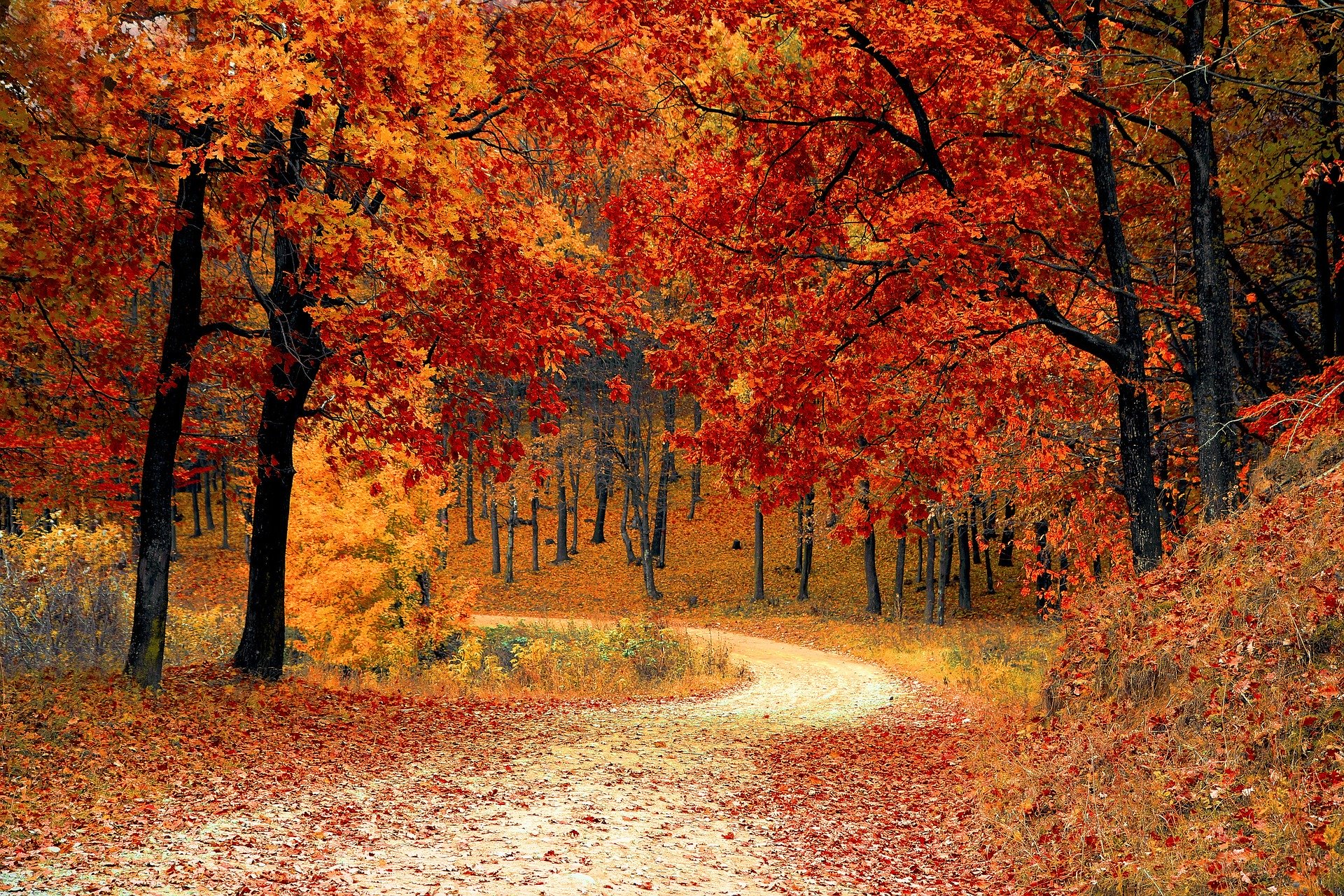
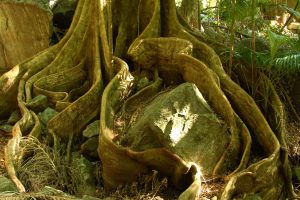

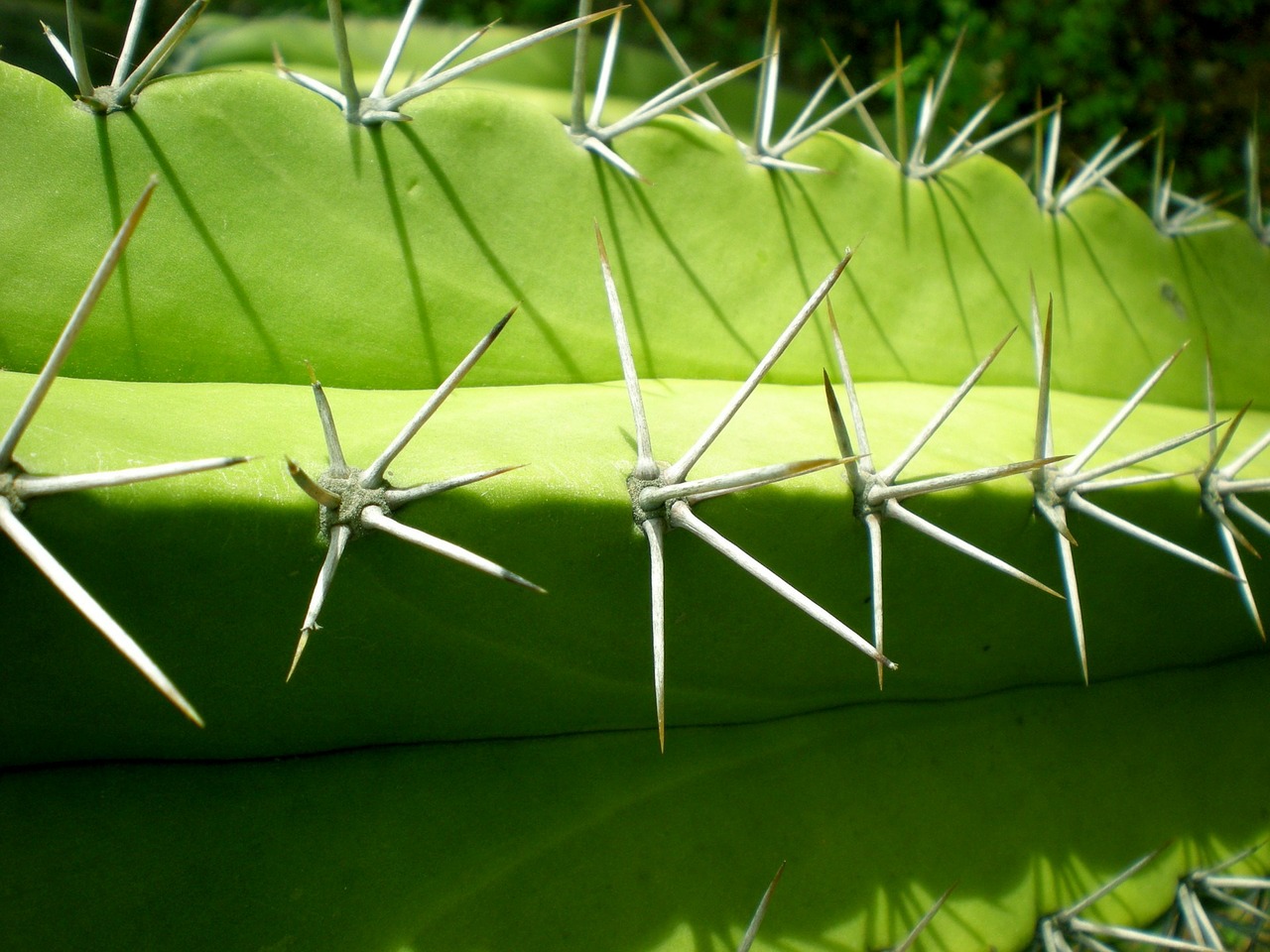
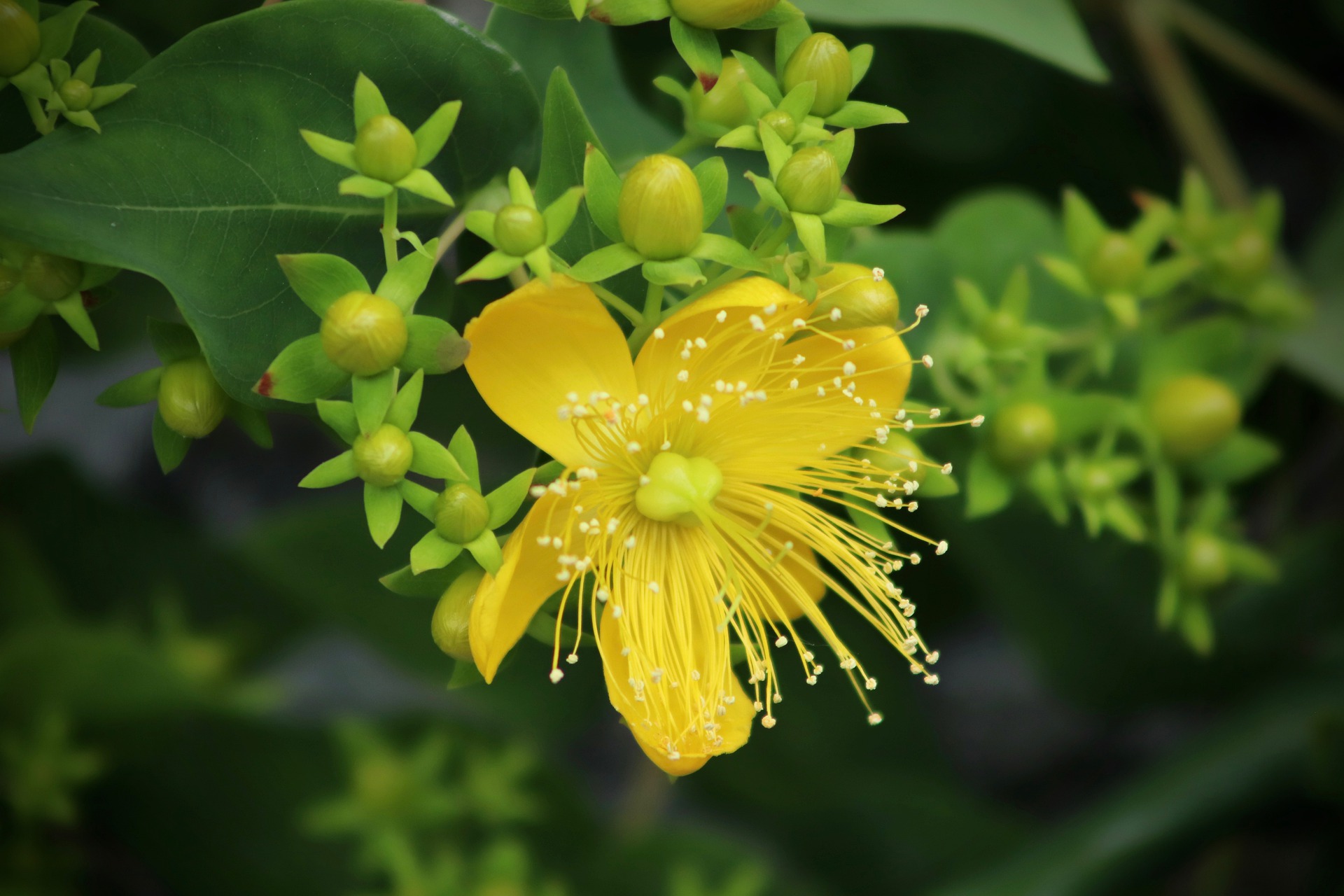
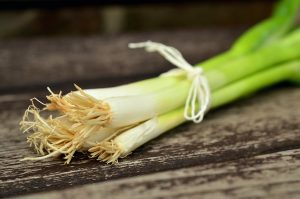
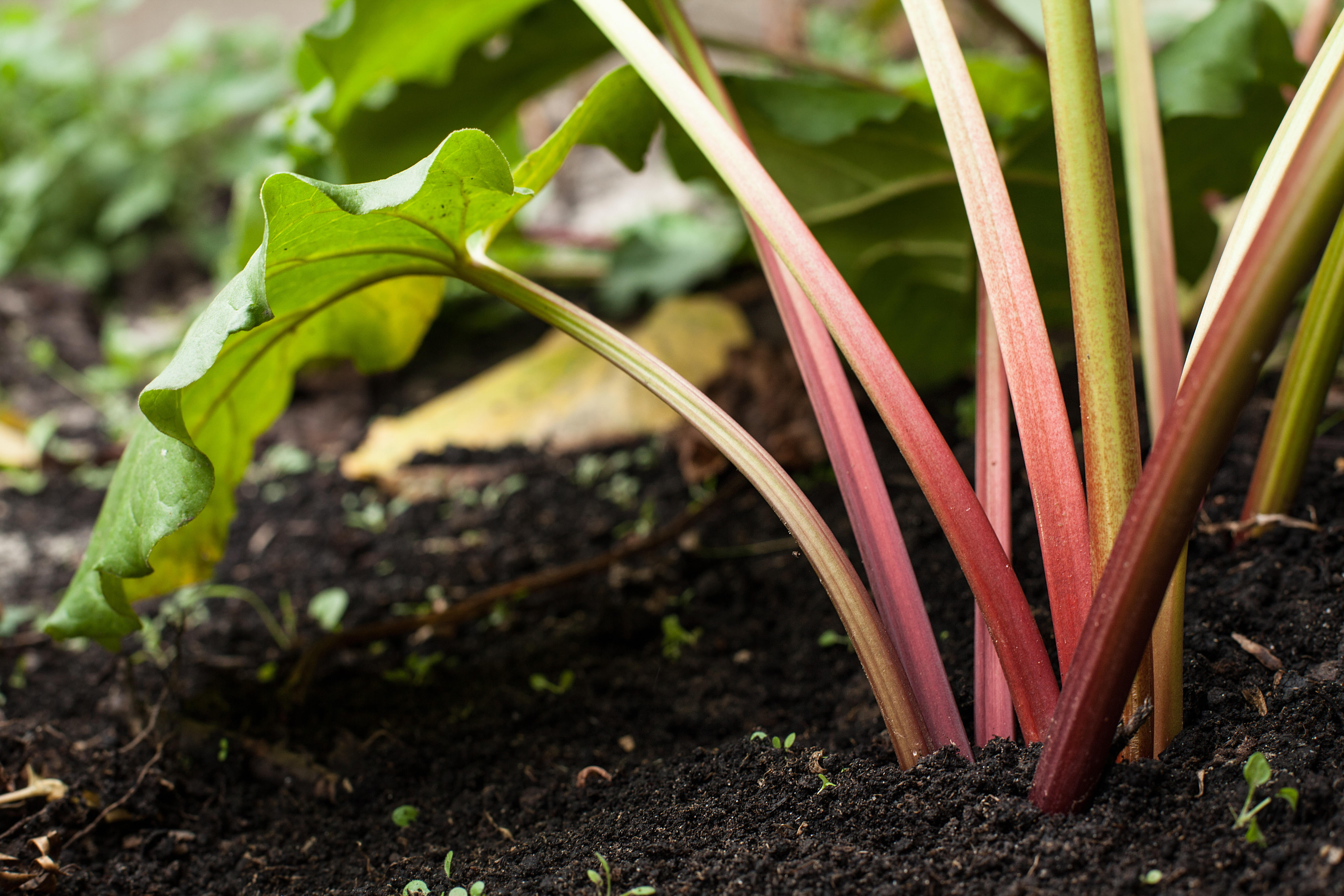


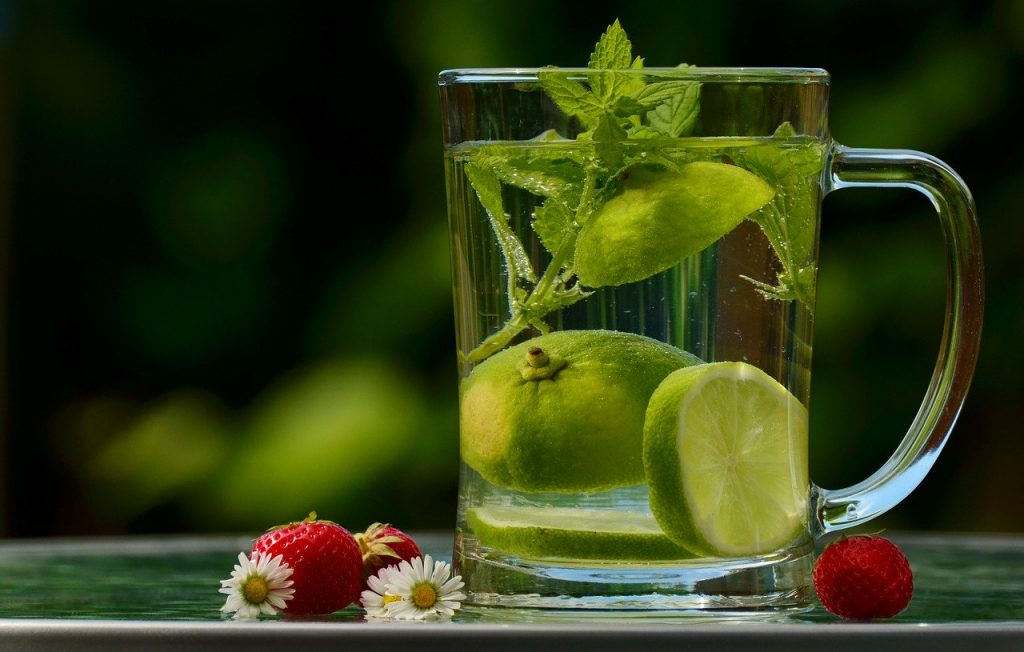
0 Comments